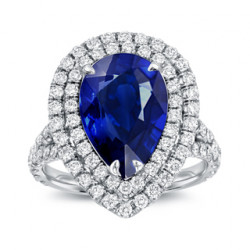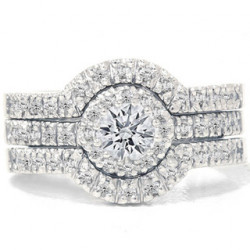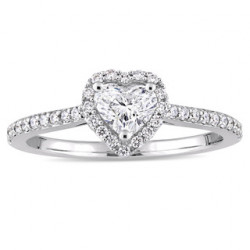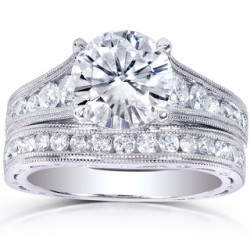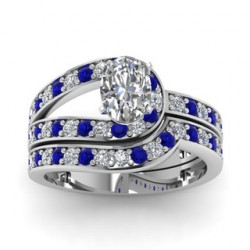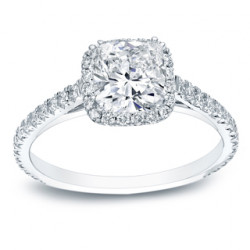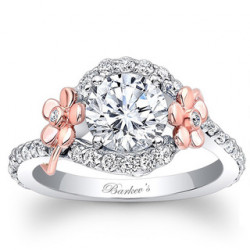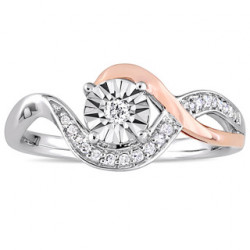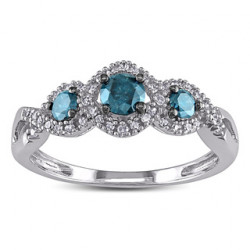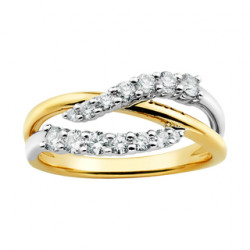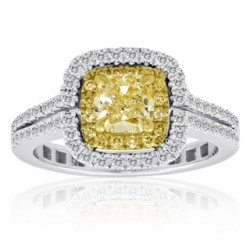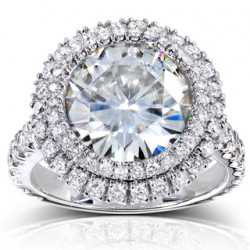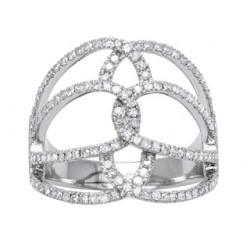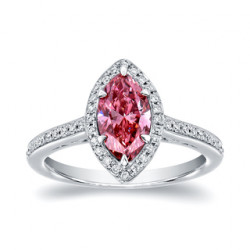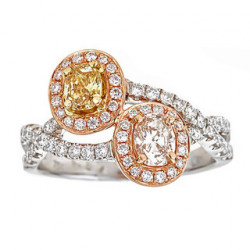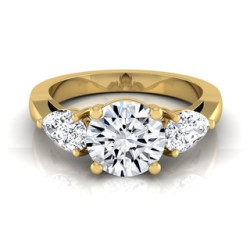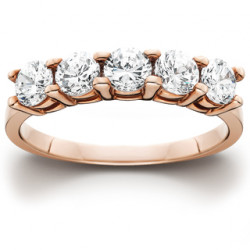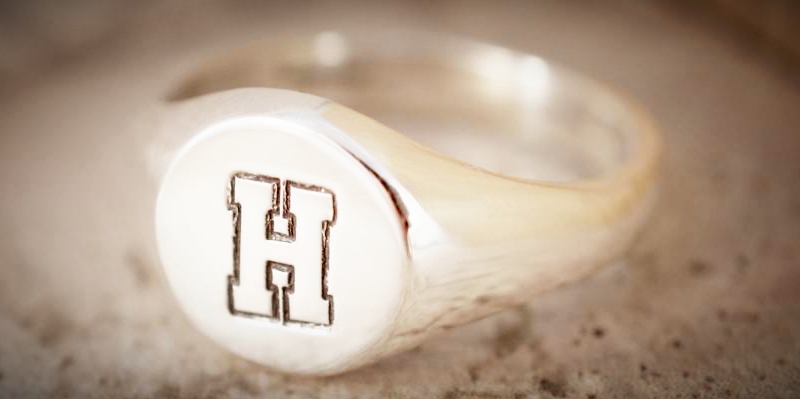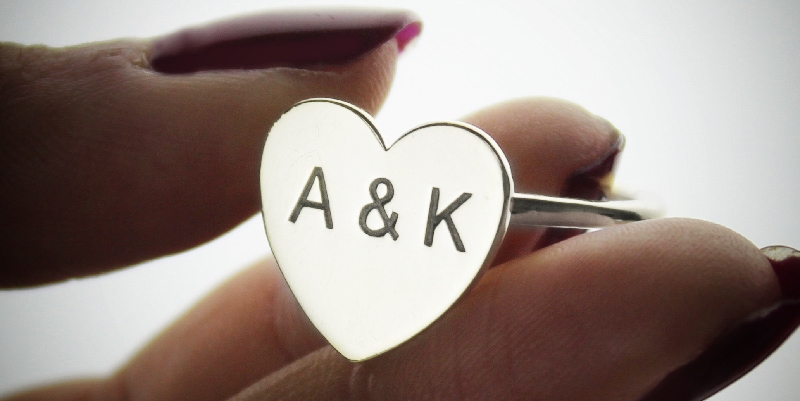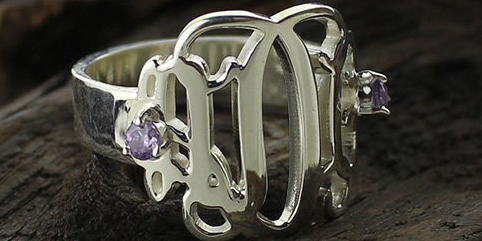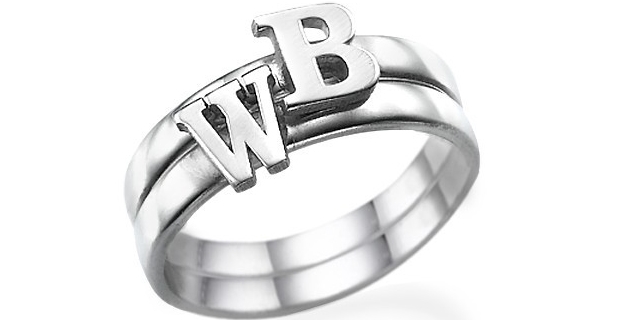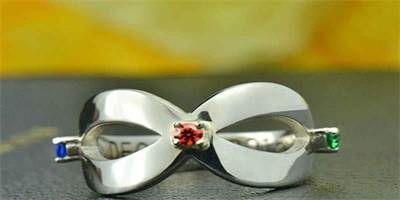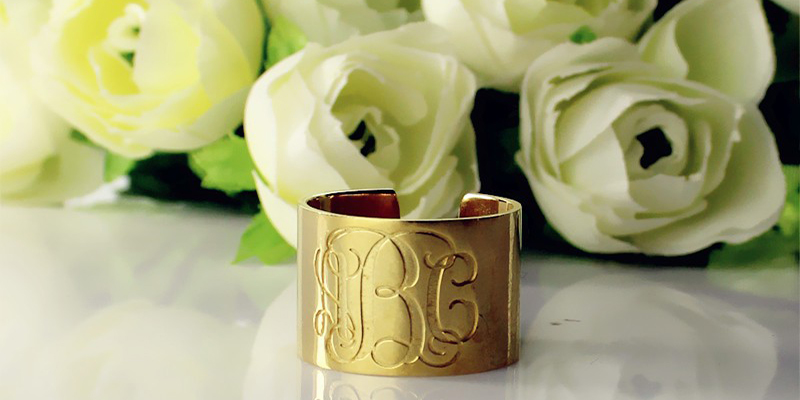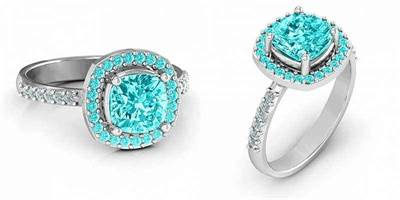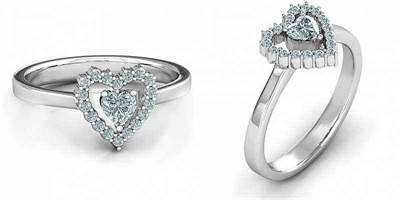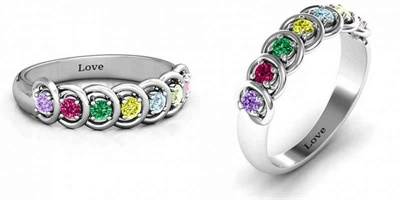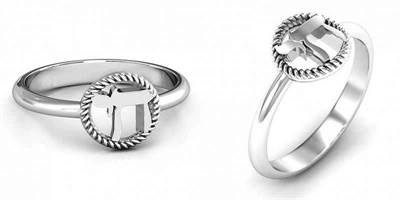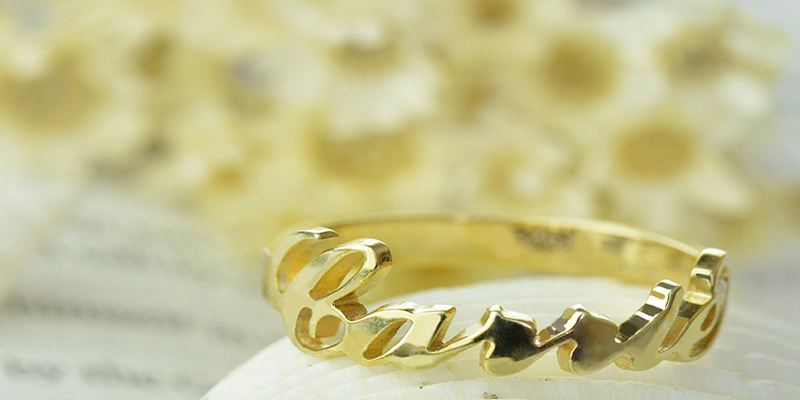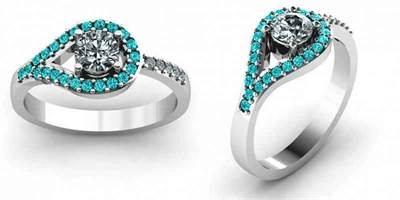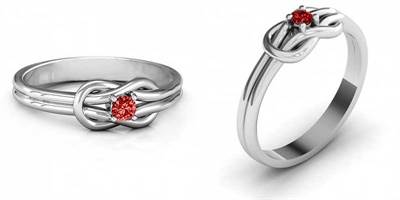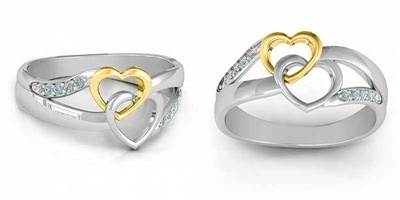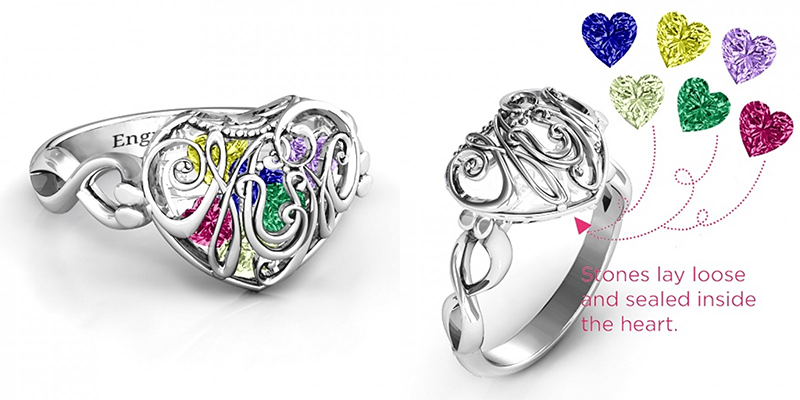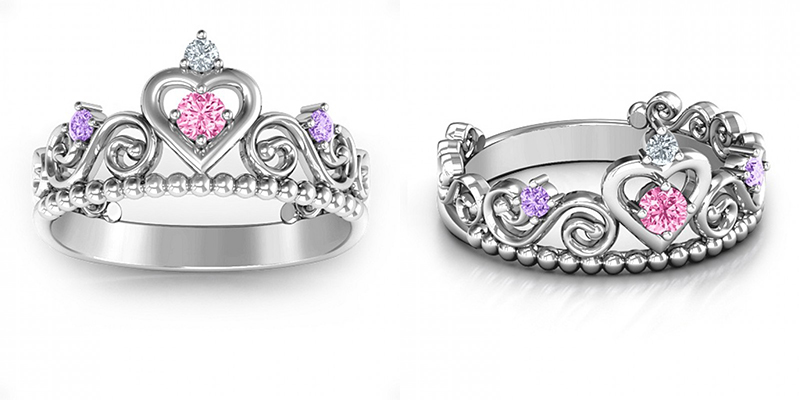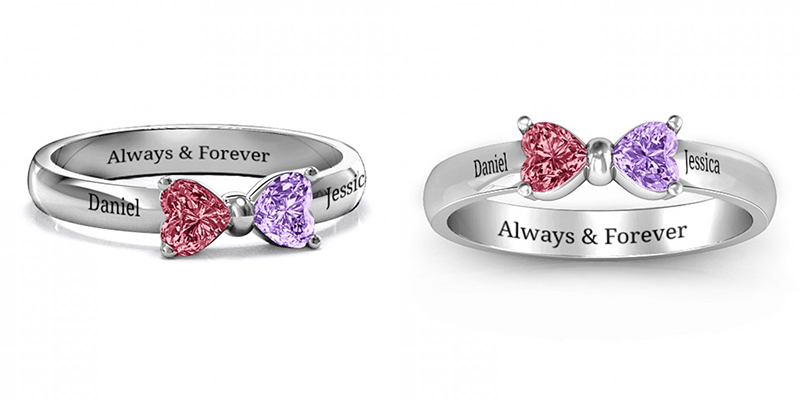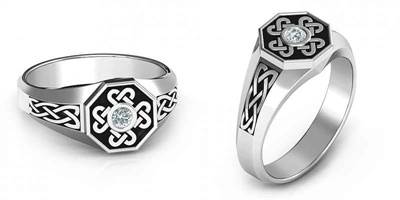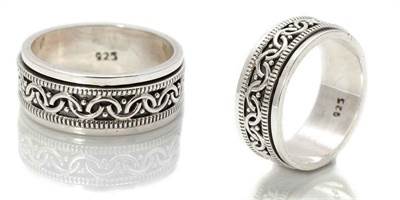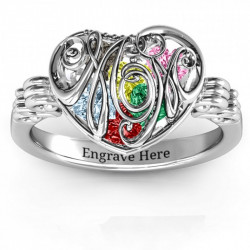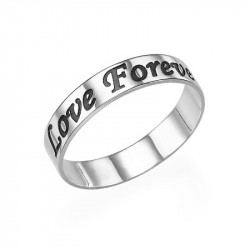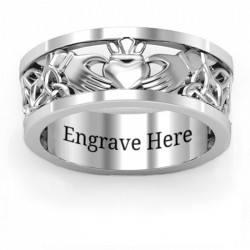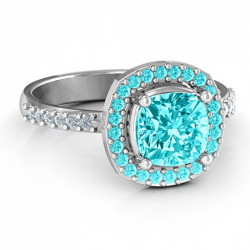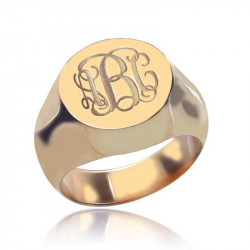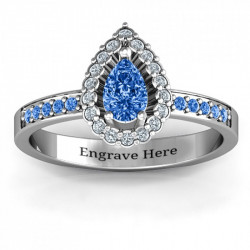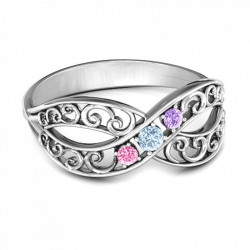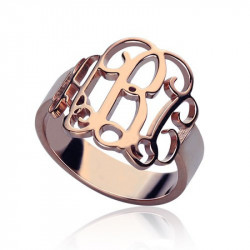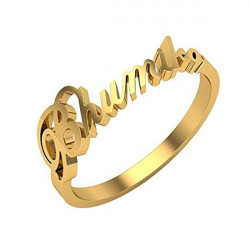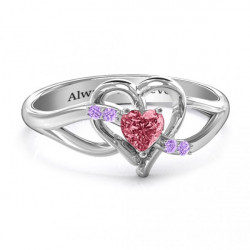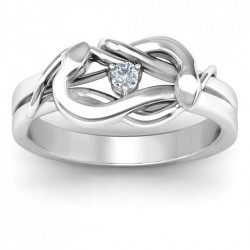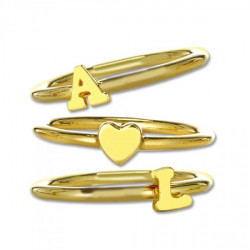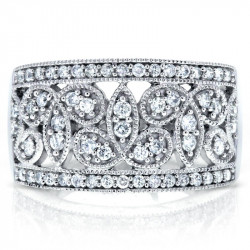Gemstone Treatment and Enhancement Guide
Gemstone treatments and enhancements exist to improve the quality and appearance of a gemstone. Treatments can achieve everything from changing gemstone color to improving hardness and shine. For example, when aquamarine is properly heated, it loses its green tint and becomes pure blue. Another example is ruby, which is commonly heat-treated to almost melting, creating a new crystal structure and a richer red hue. An estimated 80 percent of gemstones receive some type of treatment before reaching the retailer.
Some enhancements can be merely cosmetic to improve clarity, color, or brilliance, while others stabilize the gem’s chemical composition. The term “treatment” is an indicator of whether a gemstone has been treated or not. Enhancements are the specific changes that have been applied to treated gemstones. Both gemstone treatments and gemstone enhancements have codes that indicate what has been done to the gemstone’s appearance. These codes are usually indicated on jewelry product pages if you’re shopping for jewelry online. If you’re shopping for jewelry in brick and mortar stores, the employees will be able to tell you more about how a gem has been treated.
Gemstone Treatment Codes
Gemstone treatment codes indicate whether a gemstone has been treated or not. An untreated gemstone will not have enhancements. However, if you see that a gemstone has been treated, you will know to ask for more information about particular enhancements.
Treatment Code N: The “N” symbol is used when natural stones have not been enhanced by any method.
Treatment Code E: The “E” symbol indicates the gemstone has undergone an enhancement procedure.
Gemstone Enhancement Codes
Enhancement codes specify what kinds of alterations have been made to improve or change a gemstone’s appearance or structure. These codes usually indicate more detailed changes that have been made to a gemstone that is coded as (E), “enhanced.” Keep in mind that a few gemstone enhancements achieve similar or identical end results, but use different materials to achieve those results.
B (Bleaching): The use of heat, light, and/or chemicals to lighten or remove a gemstone’s color. Most often, this method removes unwanted colors from a gemstone rather than all of the gemstone’s color.
C (Coating): B (Bleaching): The use of heat, light, and/or chemicals to lighten or remove a gemstone’s color. Coating can also be applied to the surface of a gemstone to deepen or simply alter the color of the gemstone.
CR: Indicates that a particular stone is synthetic or laboratory created. Created gemstones are just as authentic as mined ones, and are chemically identical, but can often be created more quickly in a lab.
DBL (Doublet): Jewelers make a doublet by gluing a thin layer of natural stone to a backing material. This treatment is used to thicken and give strength to the stone.
D (Dyeing): Placing colored matter into a gem to give it a new color or greater intensity. The colored dye is absorbed by the naturally-occurring or created pores or fractions in a gemstone.
DS (Diffusion Treatment): Exposing the surface of a stone to chemicals combined with high heat. This treatment typically only changes the surface, so the inside of the stone would retain the original color. This method is used to change the color of ruby, green topaz, and blue sapphire. This practice is more generally accepted for star sapphires, as this will increase the star effect.
F (Filling): The incorporation of colorless borax or other substances into the cracks of a gemstone that are created as a by-product of heating it. It is used only if a crack is visible at 10 times magnification.
G (Gamma): Otherwise known as electron irradiation, gamma treatment changes a gemstone’s color. The irradiation process is sometimes followed by a heating process to stabilize color.
H (Heating): A treatment using high heat to alter the color, clarity, and/or phenomena (or light refraction) in a gemstone.
HTHP (High Temperature/High Pressure): The use of heat and pressure combined to create desired alterations of color, clarity, and/or phenomena.
I (Impregnation): Introducing a colorless agent — usually plastic — into a porous gemstone to improve durability and appearance.
L (Lasering): The use of a laser to drill into a diamond to reach an inclusion. Lasering is usually reinforced by filling the drilled hole with a solution that changes the look of the inclusion, or dissolves it completely.
O (Oiling): Also known as resin infusion, oiling fills surface-breaking cavities and cracks with a colorless oil, wax, resin, or other substance to improve the gemstone’s appearance.
R (Irradiation): The use of neutrons, gamma, ultra-violet, and/or electron bombardment to alter a gemstone’s color. Irradiation may be followed by a heating process.
S (Bonding): The intentional use of a colorless agent, usually plastic, within a porous gemstone. Usually, this bonding agent is used to enhance or add color.
TA (Type A Jade): Type A jade is a natural jade enhanced only with wax. This type of jade is the rarest and valuable, requiring almost no treatment aside from waxing.
TB (Type B Jade): Type B jade is a natural jade that is bleached in acid to remove undesirable staining, and then impregnated with wax or polymers.
TC (Type C Jade): Type C jade is a natural jade that is dyed and sometimes bleached and impregnated with wax or polymers.
TPL (Triplet): A triplet is a triple treated stone that has a clear protective layer on its surface. The top layer may consist of clear quartz, glass, or hard plastic. This layer thickens and gives additional strength to the stone.
W (Waxing/Oiling): The impregnation of colorless wax, oil, or paraffin into porous opaque gems to improve appearance.

